
Watch how Dr. Tim Crowe uses these three innovative tools in his critical care patients.

Dr. Crowe is chief of staff of Pet Emergency Clinics and Specialty Hospital in Ventura and Thousand Oaks, Calif. He is president of Veterinary Surgery, Emergency, and Critical Care Services and Consulting in Bogart, Ga. Dr. Crowe is one of the founding members of the American College of Veterinary Emergency and Critical Care. He is also a diplomate of the American College of Veterinary Surgeons, American College of Hyperbaric Medicine and a fellow in the American College of Critical Care Medicine. He is a certified fire fighter, nationally registered EMT-I and a paramedic instructor at Lanier Technical College in Oakwood, Ga. For more information, visit www.dtimcrowe.com, or e-mail, Traumadoc@dtimcrowe.com

Watch how Dr. Tim Crowe uses these three innovative tools in his critical care patients.

The object of this review is to convey new scientific information and resultant practical techniques applicable to the care of the severely injured patient. One near death, severely injured patient is then briefly presented to exemplify A – airway, B-breathing C- cardiovascilar, D – disability, E – everything else techniques that contributed to her recovery.

Review the common pathophysiology – Cause – Affect of the reasons cardiopulmonary arrest occurs in clinical practice and then review the current views on basic and advanced cardiac life support and provide my personal views on the subject based on over 35 years of clinical and some years of experimental research experience.

Commonly affecting the large breed deep chested breeds gastric dilatation and volvulus syndrome has the potential to be a life threatening problem.

When a patient first arrives we have all been taught the ABCs of emergency care. We know that the assurance of a clear airway is paramount and the first thing we should all do, and then we move one to B and assure breathing is adequate. Then we move on to C (for cardiovascular) and assess and ensure the heart is pumping and pumping adequately... This process is termed vertical resuscitation and is a "step by step" process that is completed in a "priority of need" sequence.

The principles of management of patients with severe lung disease and injury are summarized and the cases depicting the use if these management techniques are presented

From the very first time I was faced with the responsibility of possibly having to respond to an emergency when I was a young boy scout (at age 11) to just yesterday when I was an emergency clinician at the Pet Emergency Clinic, the immediate goal was "to make everything ready".
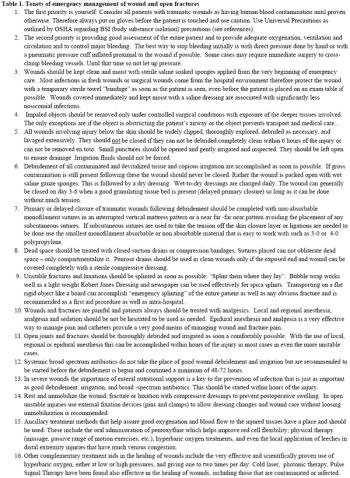
Practical management of severe wounds and open fractures begins with initial assessment and management. The first priority is the control of severe hemorrhage that may be associated with the injury.

Practical management of severe wounds and open fractures begins with initial assessment and management.

The principles of management of patients with severe lung disease and injury are summarized and the cases depicting the use if these management techniques are presented.

The object of this review is to convey new scientific information and resultant practical techniques applicable to the care of the severely injured patient.

When a patient first arrives we have all been taught the ABCs of emergency care

Practical management of GI emergency patients.

Presenting new drugs and procedures that have been very helpful and leading to recovery (from laser, to electromagnetic resonance, to hyperbaric oxygen (chambers that do not cost and arm and a leg).

Practical management of patients in cardiopulmonary arrest.

From the very first time I was faced with the responsibility of possibly having to respond to an emergency when I was a young boy scout (at age 11) to just yesterday when I was an emergency clinician at the Pet Emergency Clinic, the immediate goal was "to make everything ready."
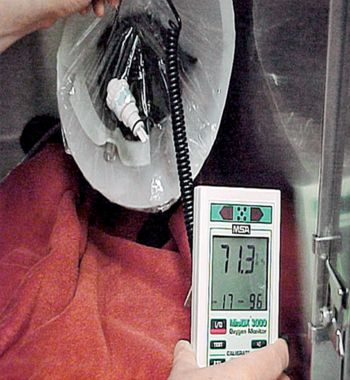
Photo 5: Oxygen analyzer used to determine oxygen percentage inside a Crowe Collar being used on a cat with breathing difficulty.
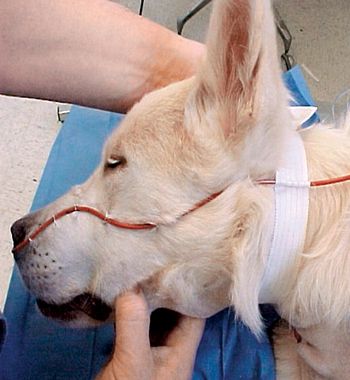
Photo 2: A nasal catheter is placed and secured with a suture at the base of the nostril and several sutures or skin staples used to hold it to the side of the patient's face. A section of adhesive tape is used to secure the catheter and oxygen tubing as well.
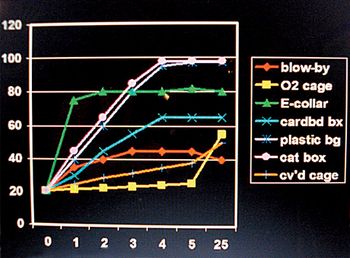
Photo 6: Results of a research study comparing oxygen concentrations reached over time with various methods of oxygen delivery.
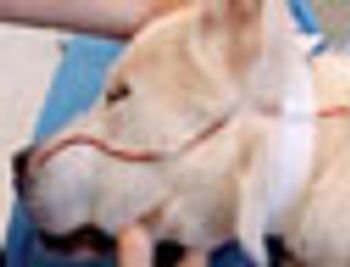
Photos 1A and 1B: A nasal cannula is inserted and fixed in place by placing skin staples into the nose band made of adhesive tape. The oxygen tubing Y section "slides" snug behind the head.
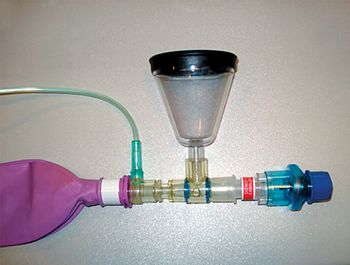
Photo 4: Mask with a non-rebreathing system attached. This system also is fitted with a positive end-expirarory pressure (PEEP) valve or a restrictor assay valve.
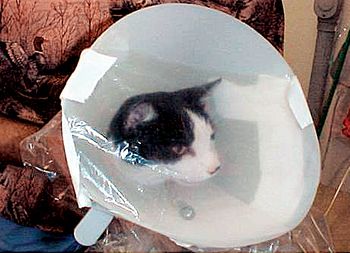
Photo 3: Plastic wrap is laid over the ventral 50 percent to 80 percent of an Elizabethan collar and oxygen tubing attached on the inside. This Crowe collar is very effective in supplying supplemental oxygen to patients without using invasive means or causing isolation.
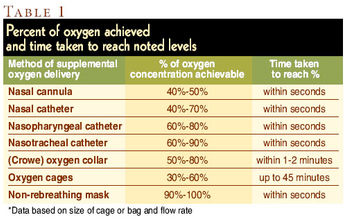
Table 1: Percent of oxygen achieved and time taken to reach noted levels.
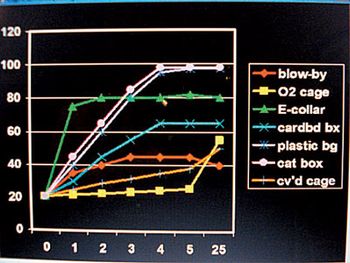
Patients facing immediate, life-threatening conditions must have an inhaled oxygen concentration as high as possible. Eight additional methods are discussed in this second of two parts.

A series of cases in which the Miller?s knot lobectomy was used was compared to use of the standard lobectomy technique.

Reintroducing the "flashing" technique, also useful for wide vascular pedicles requiring ligation
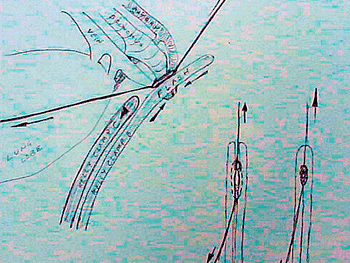
A step-by-step photo package illustrating application of a Miller's knot for veterinarians.
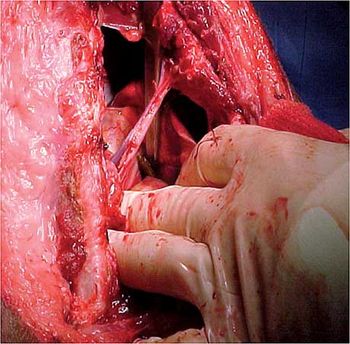
A step-by-step photo package illustrating application of a Miller's knot for veterinarians.
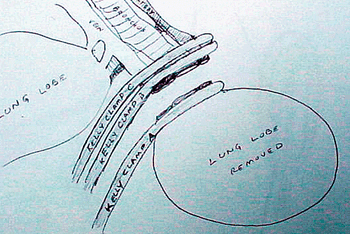
A step-by-step photo package illustrating application of a Miller's knot for veterinarians.
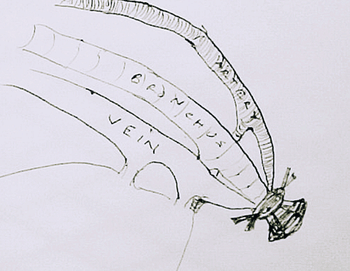
A step-by-step photo package illustrating application of a Miller's knot for veterinarians.
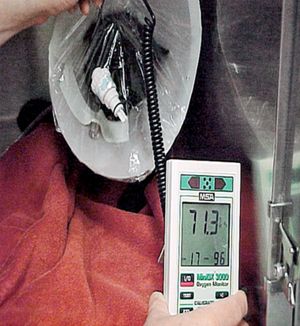
Published: October 1st 2009 | Updated:
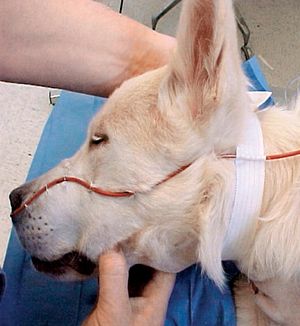
Published: October 1st 2009 | Updated:
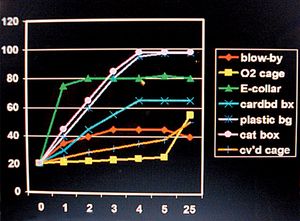
Published: October 1st 2009 | Updated:
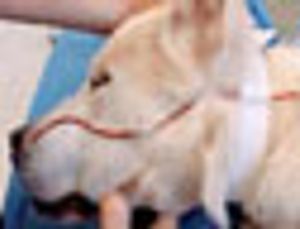
Published: October 1st 2009 | Updated:

Published: October 1st 2009 | Updated:

Published: October 1st 2009 | Updated: